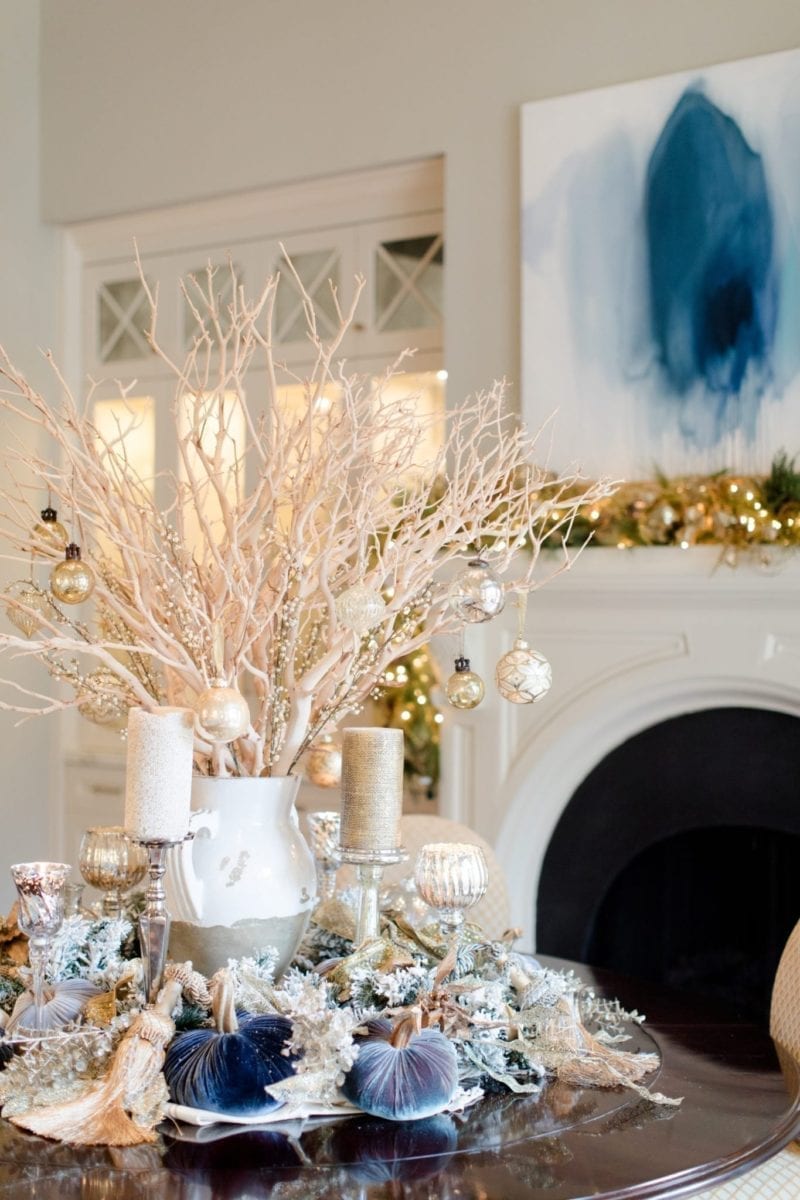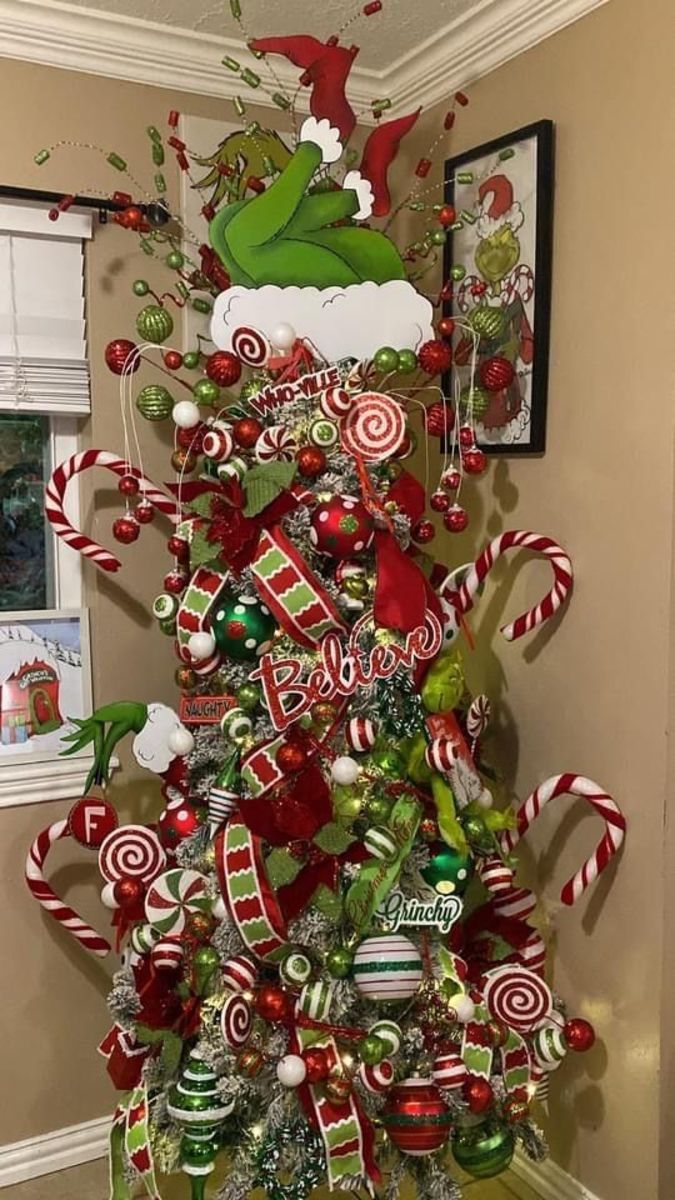Christmas Tree Decorations: Tradition, Joy, and Significance

Unveiling the Tradition

Christmas tree decorations are a beloved tradition with a rich history, sparking joy and creating a festive atmosphere in homes worldwide. The act of decorating a tree has evolved from simple, symbolic practices to an elaborate display of creativity, family bonding, and cultural expression. This blog post delves into the heartwarming tradition of Christmas tree decorating, exploring its origins, significance, and how it has adapted over time.
Historical Roots of Tree Decorating

The tradition of decorating trees during winter solstice celebrations can be traced back to ancient cultures like the Romans, who used evergreens to signify life during the darkest times of the year. Here's a glimpse into the timeline of Christmas tree decorations:
- Ancient Times: Romans adorned their homes with garlands, wreaths, and trees symbolizing everlasting life.
- 16th Century: The custom of using evergreens as part of Christmas festivities became common in Germany, with Paradise Plays featuring an Paradiesbaum or "paradise tree" decorated with apples.
- 19th Century: Prince Albert of Saxe-Coburg and Gotha, consort to Queen Victoria, popularized Christmas trees in Britain by decorating their palace tree, as depicted in an influential Illustrated London News engraving.
- 20th Century: Mass production of Christmas decorations allowed for a wider variety of ornaments, making tree decorating a more accessible tradition across different social classes.
🔍 Note: The use of trees in festive decor predates the modern Christmas tree, with many cultures using evergreens to symbolize the persistence of life amidst winter's dormancy.
The Significance of Ornaments

Ornaments are not just decorations; they carry stories, traditions, and personal significance:
- Handmade Keepsakes: Homemade decorations reflect the craftsman's love and creativity, turning the tree into a family history book.
- Heirlooms: Passed down through generations, ornaments connect families to their past, preserving memories and traditions.
- Symbols and Icons: Items like angels, stars, and nativity scenes represent religious and cultural symbolism, whereas candy canes and gingerbread men embody festive cheer.
- Themed Decorations: Themes can reflect personal interests, current trends, or even commemorate significant events or milestones.
| Type of Ornament | Symbolic Meaning | Example |
|---|---|---|
| Star | Guidance, Hope, Divine Light | A golden star atop the tree |
| Bell | Announcement, Celebration | Silver jingle bells hung on branches |
| Christmas Ball | Reflection, Wholeness | Shiny baubles reflecting tree lights |

🎄 Note: The meanings behind different ornaments add a layer of depth to the act of decorating, turning a tree into a canvas for storytelling and cultural heritage.
Modern Twists on a Timeless Tradition

In recent years, Christmas tree decorating has seen innovative changes:
- Alternative Trees: From minimalistic single-branch trees to trees made of books, bottles, or driftwood, creativity knows no bounds.
- LED Lights: Energy-efficient, versatile lighting options have transformed the visual impact of trees, offering dynamic effects and reducing fire hazards.
- DIY and Personalization: Handcrafted ornaments, personalized tags, and the use of sustainable materials reflect a desire for eco-friendly and unique decor.
- Themed Trees: Beyond the classic red, green, and gold, modern themes might include coastal vibes, winter wonderlands, or even black and white Christmas palettes.
💡 Note: Decorating trends are now incorporating personalization, sustainability, and technology, giving individuals more ways to express their creativity and values through their holiday decor.
Cultural Variations

Christmas tree decorating traditions can vary significantly across cultures:
- Scandinavia: Norway spruce trees are common, decorated with traditional figures like Nisse and Julenisse, along with straw ornaments.
- Germany: Known as the birthplace of the modern Christmas tree, Germans often use real trees and focus on hand-painted, detailed glass ornaments.
- Mexico: The Arbol de Navidad features bright, festive colors and might include decorative piñatas or religious imagery.
- Japan: While Christianity isn't dominant, the influence of Western traditions has led to the adoption of Christmas trees, often decorated with origami ornaments or paper decorations.
Summary

In exploring Christmas tree decorations, we journey through time and culture, touching on the heartstrings of families worldwide. From its historical roots to its modern adaptations, the tradition of decorating a Christmas tree has remained a beacon of joy and togetherness during the holiday season. This tradition embodies the celebration of life, creativity, and cultural heritage, making each tree a unique tapestry of stories and memories.
What’s the history behind using lights on Christmas trees?

+
The use of lights on Christmas trees can be traced back to the 17th century, when candles were used. The innovation of electric lights began in the late 19th century, with Edward Johnson, an associate of Thomas Edison, showcasing electric Christmas tree lights in 1882.
Are there eco-friendly options for Christmas tree decorations?

+
Absolutely! Natural ornaments from dried fruits, pinecones, and felt or cloth made from recycled materials are becoming popular. LEDs are energy efficient, and some families opt for real trees that are sustainably sourced or artificial trees that can be reused for years.
How can I make my Christmas tree decorations unique?

+
You can personalize your tree with homemade ornaments, themed decorations reflecting your interests, using unconventional materials for the tree itself, or incorporating family heirlooms to tell your story.